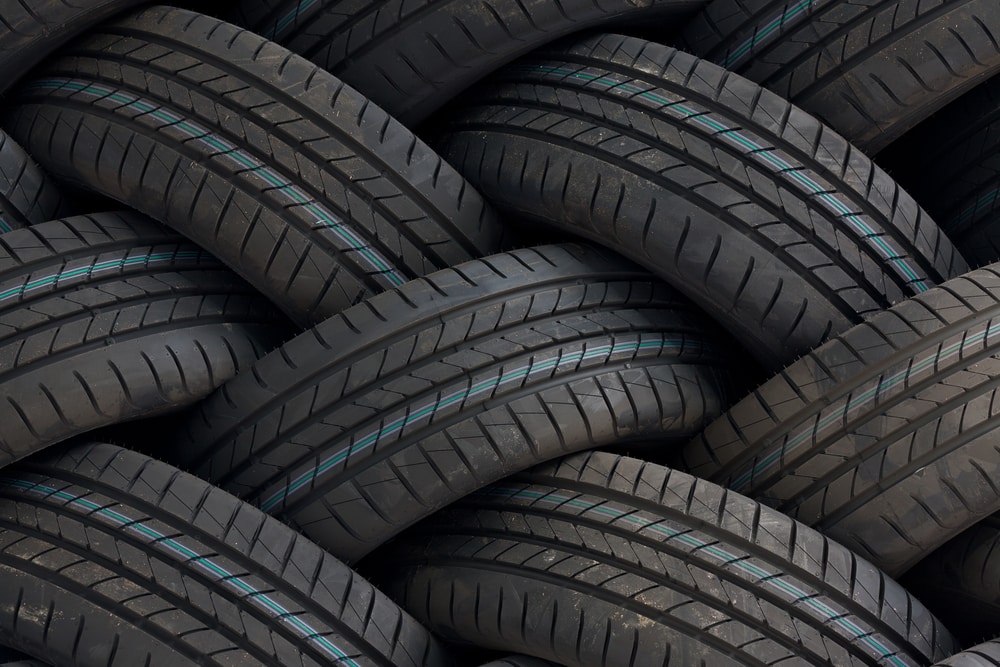In the UK, we have laws and regulations regarding vehicle’s tyres, which as motorists we must all follow. Tyre maintenance is an owner/driver responsibility. Tread depth, Pressure and the wear of tyres all come under this category and it’s recommended that all of these areas are checked regularly. Below we’ve pulled together these key areas and what to look out for:
Tyre Tread: A tyres tread depth should not go below the legal limit. This part of the tyre is in contact with the road and for safety; the tyre should be replaced before the minimum limit. The minimum tread depth that is specified by Government legislation is 1.6mm.
Tyre Pressure: Tyre pressure has to be checked regularly! Tyres must be correctly inflated to the manufacturer’s specifications. You will be able to find this data in your vehicle handbook.
Tyre wear: You should examine your tyres to determine if they are fit to use or not. Whilst examining your vehicle’s tyres if you notice either/or:
a) A lump, bulge or tear;
b) A cut in excess of 25mm or 10% of the section width, whichever is greater, measured in any direction on the outside of the tyre and deep enough to reach the ply or cord;
c) The tyre has any of the ply or cord exposed;
This would indicate that they are not suitable for road use and needs to be replaced. Tyres do not have to be brought brand new. Used tyres will be sufficient enough, but the necessary checks should be made.
Spare Tyre: Having a Spare tyre in your vehicle is not a legal requirement. You don’t have to carry one, yet, if you do have one stowed away, this does not have to comply with the law either. However, once fitted onto the vehicle, it will have to meet regulations.
Penalties: Failure of complying with UK law and driving with damaged or worn tyres could result in a penalty.
The penalties can include:
- A fine
- Penalty points on your licence
- Invalidating your insurance
- Fixed penalty notice (Maximum fine imposed by a court for using a defective tyre on a vehicle is £2500 and 3 points)


